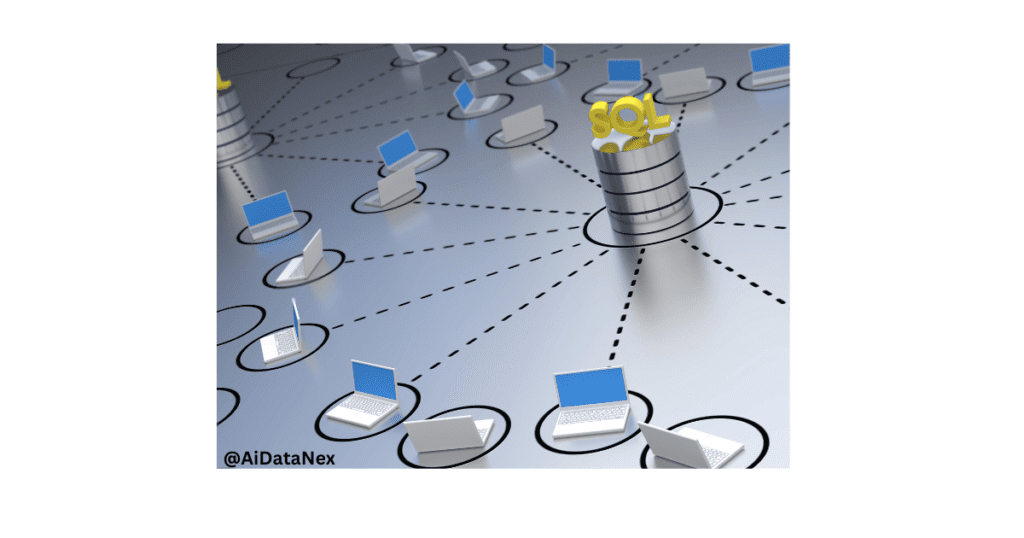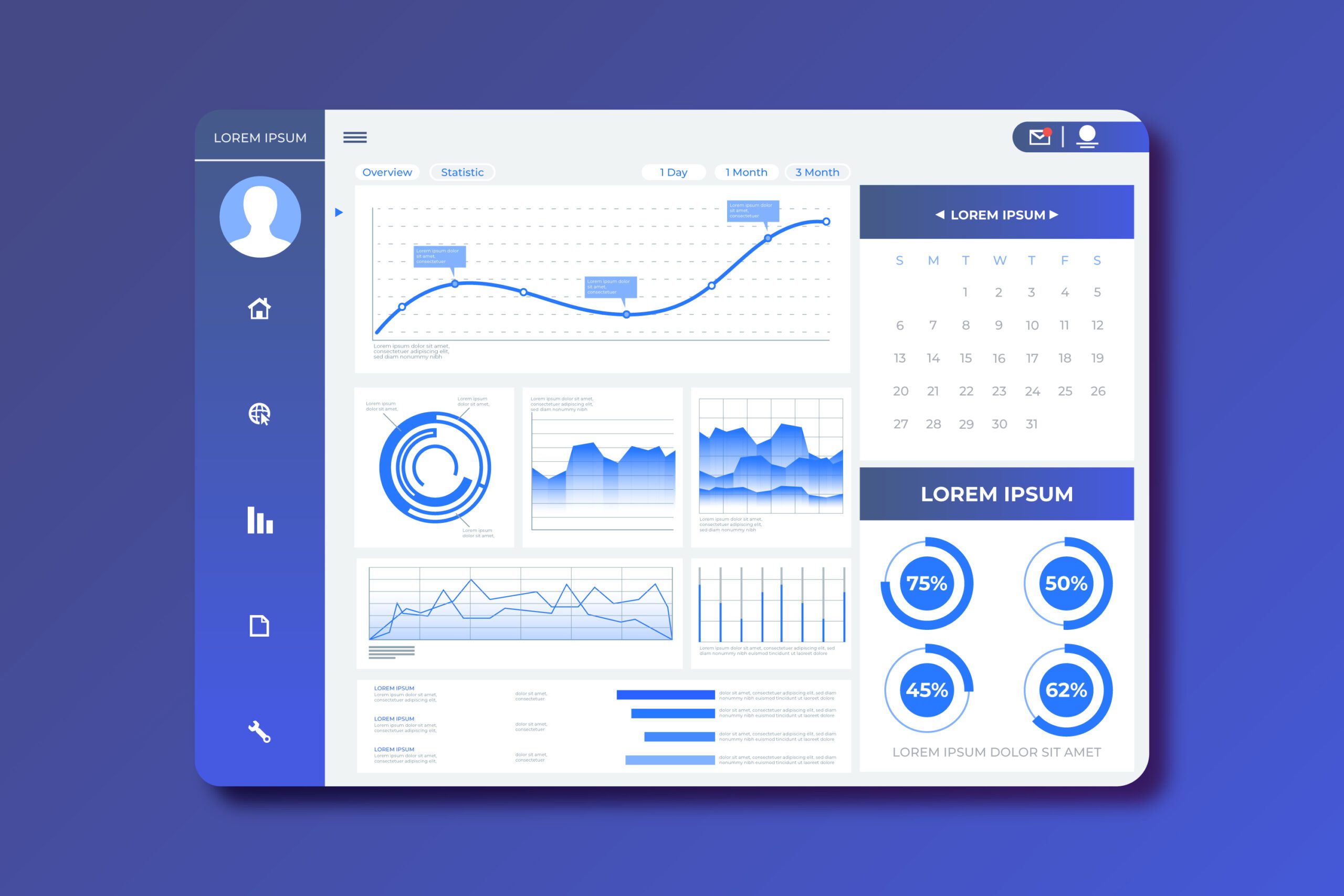Unlock the potential of hybrid database systems in data science. Learn to integrate SQL and NoSQL for flexible, scalable data management. Optimize your data architecture. Click to master hybrid database techniques!
In the data science field, integrating SQL and NoSQL databases provides significant advantages. SQL databases offer structured data storage and efficient querying with relational models. NoSQL databases, on the other hand, excel at handling unstructured data, scalability, and flexibility. This hybrid approach allows data scientists to manage diverse data types effectively.
It also supports real-time analytics, advanced data processing, and better performance. By utilizing both SQL and NoSQL, organizations can maximize their data infrastructure’s potential, ensuring robust and scalable solutions. This synergy drives innovation and delivers comprehensive insights, essential for informed decision-making in today’s data-driven world.
Sql Databases
SQL databases use a structured query language. This makes them easy to understand. They are known for their reliability. Data is stored in tables. Each table has rows and columns. SQL databases support ACID transactions. This ensures data integrity. They are best for complex queries. They can handle large amounts of data efficiently. SQL databases are also scalable. They can grow as your needs grow.
| Database | Key Features |
|---|---|
| MySQL | Open-source, widely used, supports large databases. |
| PostgreSQL | Advanced features, supports complex queries, highly customizable. |
| SQLite | Lightweight, easy to set up, used in mobile applications. |
| Oracle | High performance, secure, supports large enterprises. |
| SQL Server | Developed by Microsoft, integrates well with other Microsoft products. |
Nosql Databases
NoSQL databases are highly scalable and can handle large amounts of data. They offer flexibility in data storage and retrieval. NoSQL databases are known for their high performance and can process data quickly. They support a variety of data models like document, key-value, graph, and column-family. These databases are often schema-less, allowing for easy updates and changes to data structure. They also provide horizontal scaling, making it easy to add more servers to handle increased load.
| Database | Type | Key Feature |
|---|---|---|
| MongoDB | Document | High scalability |
| Redis | Key-Value | In-memory speed |
| Cassandra | Column-Family | Fault tolerance |
| Neo4j | Graph | Graph traversal |
Strengths Of Sql
SQL databases handle structured data very well. They use tables to store data. Tables have rows and columns. Each column has a specific type. This makes it easy to organize and retrieve data. SQL databases are great for transactional systems.
SQL databases follow ACID rules. ACID stands for Atomicity, Consistency, Isolation, Durability. These rules ensure data is safe and reliable. SQL databases make sure transactions are complete. They also make sure data remains consistent. This is crucial for many applications.
Strengths Of Nosql
NoSQL databases handle large amounts of data with ease. They scale out by adding more servers. This process is called horizontal scaling. Traditional databases scale up by adding more power. This is called vertical scaling. Horizontal scaling is often more cost-effective. It allows for better performance during peak times.
NoSQL databases offer great flexibility. They store different types of data easily. Data can be added without a fixed schema. This allows for quick changes to the structure. NoSQL databases support varied data formats. These include JSON, XML, and others. This flexibility is useful in dynamic environments.
When To Combine Sql And Nosql
Combining SQL and NoSQL databases in data science enhances flexibility and scalability. Use SQL for structured data and NoSQL for unstructured or semi-structured data to optimize performance. This hybrid approach ensures efficient data management and supports diverse analytical needs.
Use Cases
Some projects need both SQL and NoSQL databases. SQL is good for structured data. NoSQL is perfect for unstructured data. Combining them helps handle big data.
E-commerce sites use both for transactions and product catalogs. Social media platforms need SQL for user info and NoSQL for posts and messages. Healthcare systems use both for patient records and medical notes.
Benefits
Combining databases offers many benefits. Flexibility is a key advantage. Scalability is another important benefit. It helps manage large amounts of data.
Performance improves with the right database choice. Cost-efficiency is also achieved. Using each database for what it does best saves money.

Credit: datasciencedojo.com
Combining Strategies
Hybrid models use both SQL and NoSQL databases. Each type of database has its own strengths. SQL databases are great for structured data. NoSQL databases handle unstructured data well. Combining both can provide a flexible solution. Data scientists can store different types of data efficiently. This approach helps in leveraging the best of both worlds.
Data synchronization ensures that data is consistent across databases. It is crucial for maintaining data integrity. Tools like Apache Kafka can help in synchronizing data. Synchronization processes should be automated for efficiency. Regular updates keep the data up-to-date and reliable. This practice prevents data discrepancies and errors.
Real-world Examples
Many companies use both SQL and NoSQL databases. They store user data in SQL databases. They keep large datasets in NoSQL databases. This helps them analyze data faster. For example, Netflix uses both types. They store user accounts in SQL. They keep movie data in NoSQL. This makes their service fast and reliable.
Using both types of databases can be tricky. It’s important to know their strengths. SQL is good for structured data. NoSQL is better for unstructured data. Each has its own use case. Combining them can save time and money. It can also improve performance.
Challenges And Solutions
Combining SQL and NoSQL databases can be tricky. These two types of databases have different structures. SQL databases use tables with rows and columns. NoSQL databases use collections and documents. Ensuring data consistency between the two is challenging. Tools like Apache Kafka and Debezium help manage data flow. Proper schema mapping is essential for smooth integration. Always ensure data is synchronized across systems.
Optimizing performance is crucial for mixed database environments. SQL databases are great for complex queries. NoSQL databases are better for scalable storage and quick access. Use caching to reduce load times. Indexing can improve query speeds. Always monitor database performance. Use tools like Elasticsearch for fast searching. Regularly update and maintain your databases.
Future Trends
New technologies are changing data science fast. Artificial Intelligence (AI) and Machine Learning (ML) are becoming more popular. These technologies need both SQL and NoSQL databases. They help in managing large sets of data quickly. Graph databases are also emerging. They can find connections between data points easily. This is helpful in social networks and recommendation systems.
Experts say that more companies will use both SQL and NoSQL databases. This will offer more flexibility in handling data. Hybrid database systems will become common. These systems can use the strengths of both types of databases. This will save time and reduce costs. Cloud-based solutions will also grow. They allow for better scalability and easier management. These trends will shape the future of data science.
.png)
Credit: www.analyticsvidhya.com

Credit: tdwi.org
Frequently Asked Questions
What Is The Role Of Sql And Nosql In Data Science?
SQL excels at handling structured data and complex queries, making it ideal for data analysis. NoSQL supports unstructured data, offering flexibility and scalability for big data applications in data science. Both play crucial roles in storing, retrieving, and analyzing data efficiently.
Is Nosql Good For Data Science?
Yes, NoSQL is good for data science. It handles large datasets and unstructured data efficiently. Its scalability and flexibility support diverse data types.
Which Should I Learn First, Sql Or Nosql?
Learn SQL first. It’s foundational for relational databases and widely used. Understanding SQL helps grasp NoSQL concepts later.
What Is The Comparative Study Of Sql And Nosql Databases?
SQL databases use structured query language for defining and manipulating data. NoSQL databases are more flexible, handling unstructured data. SQL is best for complex queries and transactions. NoSQL excels with large-scale data and real-time applications. SQL offers strong ACID compliance; NoSQL provides high scalability and performance.







